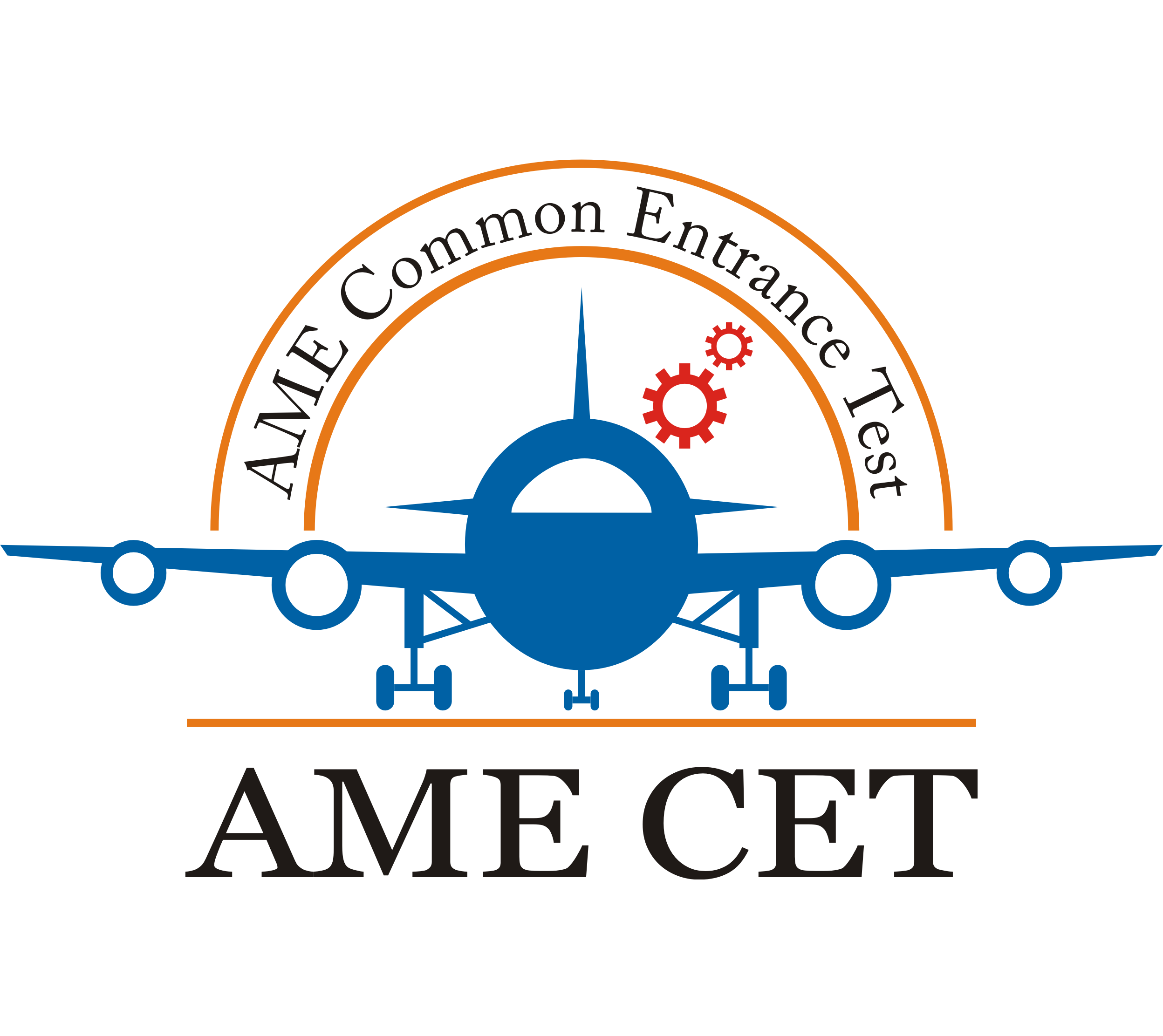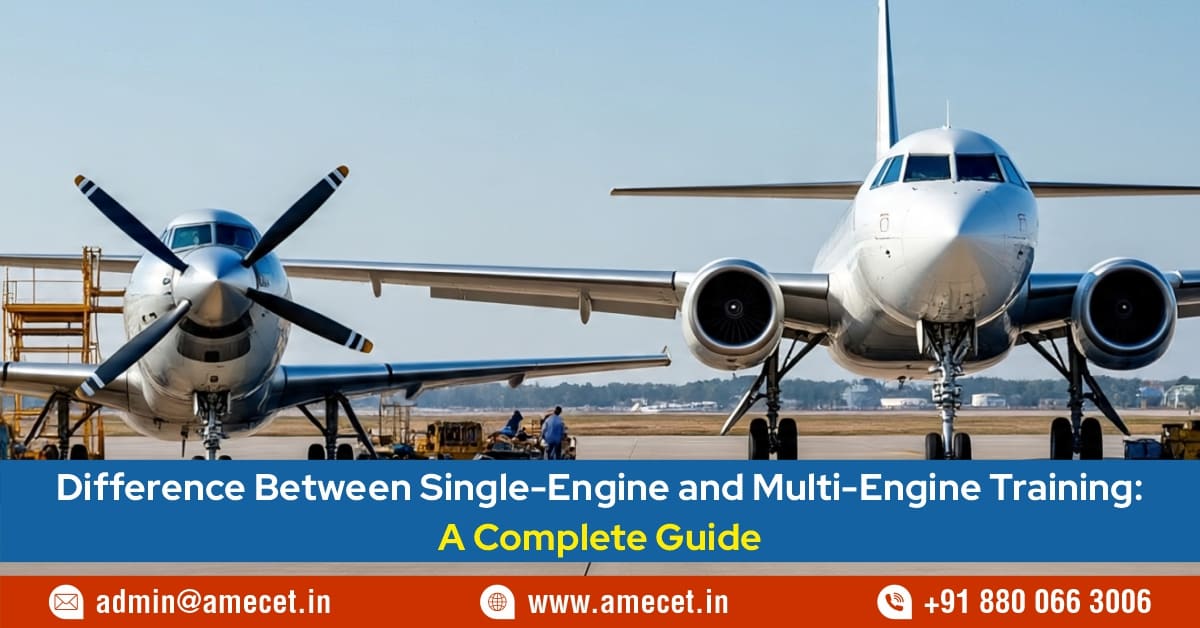Difference Between Single-Engine and Multi-Engine Training: A Complete Guide
Posted on : 18 September, 2025 5:32 pm
Choosing the right training path is one of the most important decisions for aspiring Pilots. Two major types of aircraft training stand out—single-engine and multi-engine. Both play a crucial role in a pilot’s career but serve different purposes in aviation. Understanding their differences helps students plan their journey effectively.
What is Single-Engine Training?
Single-engine training involves learning to fly an aircraft powered by just one engine. It is the foundation of pilot training and the first step for students pursuing a Private Pilot License (PPL) or Commercial Pilot License (CPL).
-
Focus Areas: Basic aerodynamics, take-off, landing, navigation, and emergency handling.
-
Aircraft Used: Cessna 172, Piper Archer, Diamond DA40.
-
Best For: Beginners building flight hours and fundamental flying skills.
What is Multi-Engine Training?
Multi-engine training equips students to fly aircraft with two or more engines. This training is usually pursued after completing single-engine training and gaining experience.
-
Focus Areas: Handling engine failures, asymmetric thrust, higher speeds, and advanced navigation.
-
Aircraft Used: Piper Seneca, Beechcraft Baron, Diamond DA42.
-
Best For: Aspiring airline pilots or those aiming for faster, more complex aircraft.
Key Differences Between Single-Engine and Multi-Engine Training
| Aspect | Single-Engine Training | Multi-Engine Training |
| Engines | One | Two or more |
| Purpose | Basic training, hour building | Advanced training, airline readiness |
| Cost | Relatively low | Higher due to complex aircraft |
| Speed & Performance | Slower, limited range | Faster, long-range capability |
| Safety | If the engine fails, forced landing is necessary | Can continue flight with one engine |
| Complexity | Simple systems and controls | Advanced systems and higher workload |
| License Stage | PPL, initial CPL training | Advanced CPL, ATPL preparation |
Why Single-Engine Training is Important
-
Builds strong fundamentals for flying.
-
Affordable and less risky for beginners.
-
Provides the required hours to progress toward professional licenses.
Why Multi-Engine Training Matters
-
Essential for airline and charter jobs.
-
Trains pilots to handle engine-out emergencies confidently.
-
Increases employability in the commercial aviation sector.
Which Training Should You Choose?
-
If you are just starting your pilot journey, begin with single-engine training to gain experience and confidence.
-
If you are pursuing a career in airlines, multi-engine training is a must, as most commercial aircraft operate with two or more engines.
Both single-engine and multi-engine training are stepping stones in a pilot’s career. Single-engine training provides the basics every pilot needs, while multi-engine training prepares you for professional flying and airline operations. A combination of both ensures you are fully equipped for the aviation industry.

